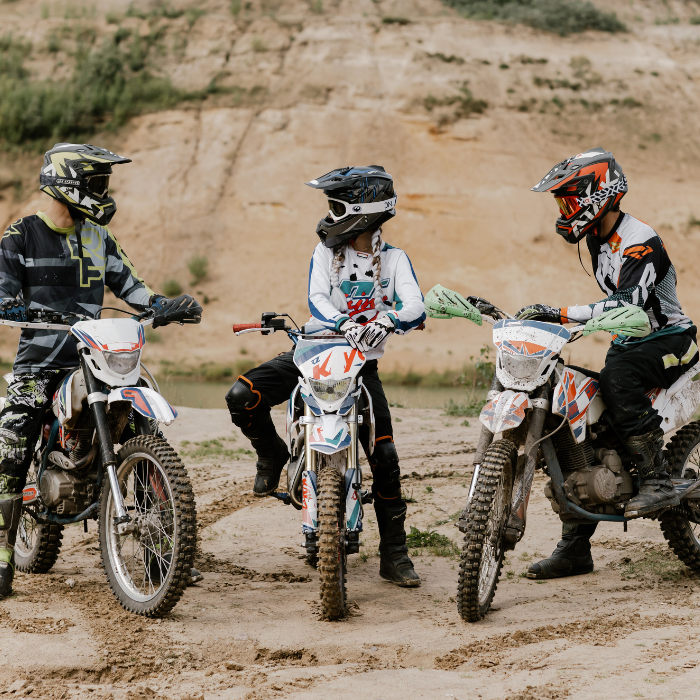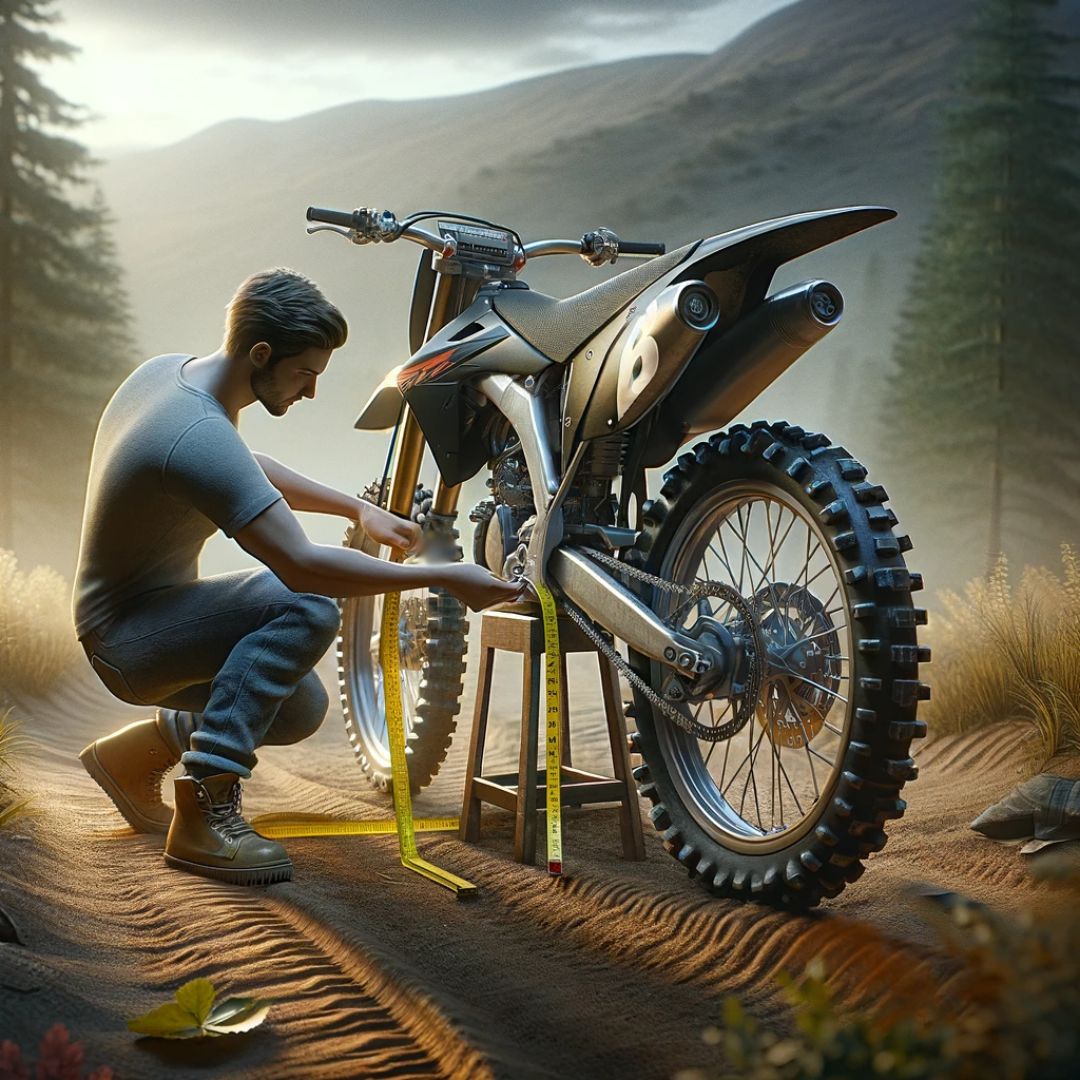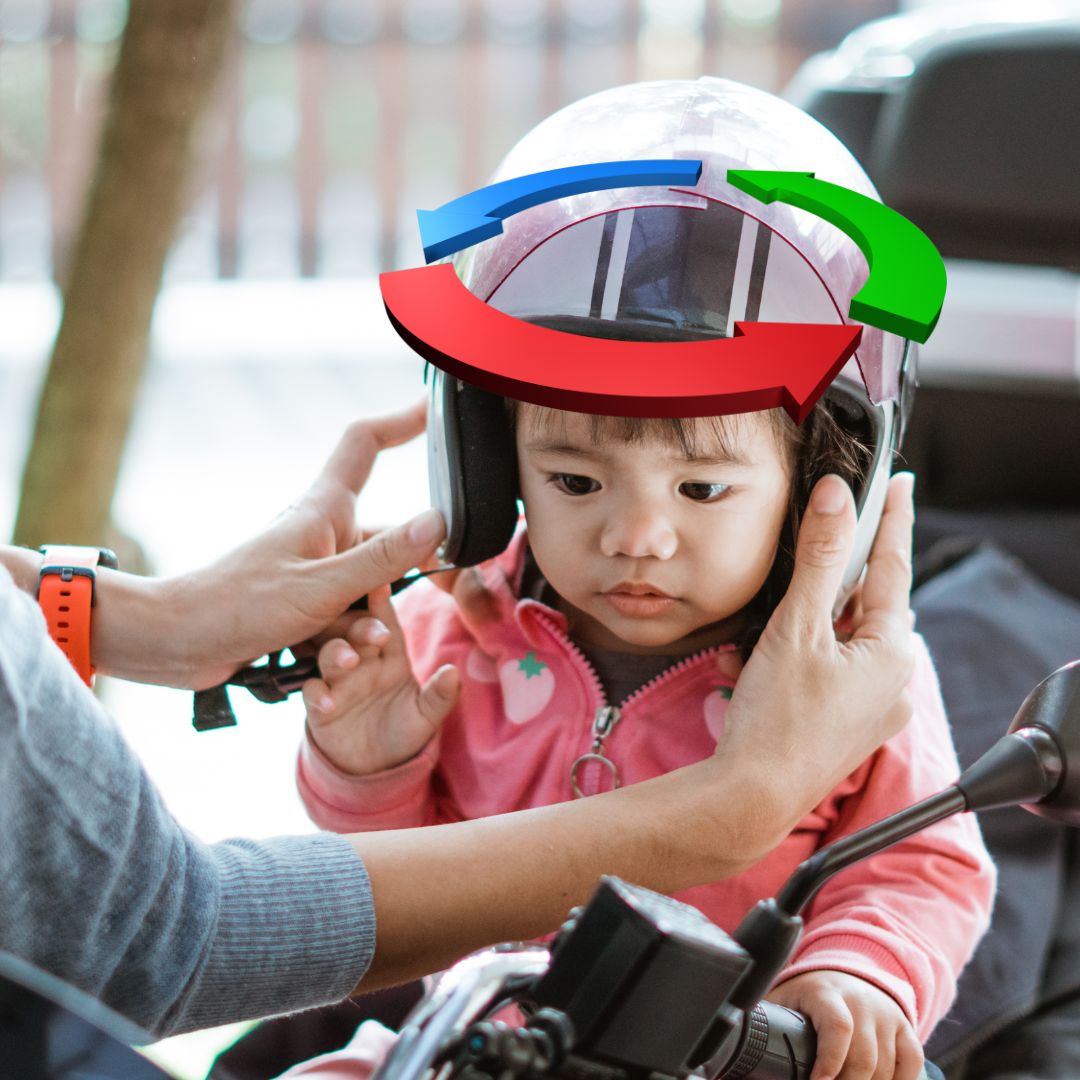
Updated: 25.4.25
Dirt biking blends adventure and skill, captivating young enthusiasts everywhere. Whether it's a beginner gripping the handlebars for the first time or a teen mastering trails, understanding dirt bike size is crucial.
It's not just about thrill—it's about safety, comfort, and control. Knowing your bike’s size elevates your entire riding experience.
Understanding the Basics of Dirt Bike Sizes

Dirt bike size isn't just about appearance. It includes seat height, engine displacement, and frame size. These factors determine whether a bike fits the rider’s height, weight, and skill level.
Comparing Engine Sizes
50cc Engines
- Ideal for beginners and young riders
- Lightweight and easy to handle
- Fuel-efficient and suited for short distances
- Limited power for safe learning
250cc Engines
- Balanced power and fuel efficiency
- Suitable for trails and moderate off-road conditions
- Perfect for intermediate riders moving up from 50cc
450cc Engines
- High power output for experienced riders
- Designed for off-road racing and professional use
- Heavier and demands advanced skills
| Engine Size | Characteristics |
|---|---|
| 50cc | Beginner-friendly, lightweight, limited speed |
| 250cc | Balanced power, ideal for progressing riders |
| 450cc | High power, advanced handling required |
Related: What Size Dirt Bike Do You Need?

Locating and Understanding Your Dirt Bike's VIN
Finding the VIN: The Vehicle Identification Number (VIN) is your bike’s fingerprint, usually located on the steering neck or near the engine.
Decoding the VIN: Each character gives information about the manufacturing date, location, and bike model details. The 10th character often reveals the manufacturing year—useful for matching specifications.
Physical Indicators of Dirt Bike Size
Frame size, wheel diameter, and seat height also indicate a bike’s sizing. Adult dirt bikes typically have seat heights between 35–38 inches.
Measuring Seat Height and Wheel Size
- Seat Height: Measure from the ground to the highest seat point. A proper match improves balance and control.
- Wheel Size: Verify with manufacturer specs or measure directly. Front wheels are usually larger than rear wheels.
| Dirt Bike Type | Seat Height (inches) | Wheel Size (front/rear) |
|---|---|---|
| Small (50cc) | 18–22 | 10/10 |
| Medium (250cc) | 30–34 | 17/14 or 19/16 |
| Large (450cc) | 35–38 | 21/18 |
Factors Influencing the Choice of Dirt Bike Size
- Age, Height, and Weight: Younger riders need smaller bikes; teens and adults may require larger engines and frames.
- Experience Level: Beginners benefit from lighter, slower bikes. Advanced riders can move to bigger, more powerful models.
- Suspension Setup: Proper suspension enhances control, comfort, and cornering ability. Adjust sag and rebound settings for the rider’s weight.
The Importance of the Right Fit
Choosing the right dirt bike size improves not just comfort but also safety and skill development. A bike too large or too small increases accident risk.
Conclusion
Understanding dirt bike size—from VIN decoding to measuring seat height—helps ensure safer, more enjoyable rides. Know your bike. Know your ride. Enjoy the adventure!
Frequently Asked Questions
How do I know if a dirt bike fits a beginner?
Beginners should start with small engines like 50cc and seat heights that allow both feet to touch the ground.
Does bike size affect off-road performance?
Yes. Larger bikes offer more power for tough terrains but require more skill. Smaller bikes are easier to control but less powerful.
Can a dirt bike be modified to fit a growing teen?
Minor adjustments like handlebar changes and suspension tweaks help, but eventually a size upgrade will be needed.
How often should bike size be reassessed for kids?
Reassess every year or after a major growth spurt to ensure comfort and safety.
Get in Touch 🚀
Loved our article on “How Do I Know What Size Dirt Bike I Have?” Ready for more wheely-awesome insights?
Visit RiiRoo.com or chat with us live for expert advice!





Share:
How To Size A Kids' Dirt Bike in 2025
How Can Girls Get Into Dirt Biking in 2025?